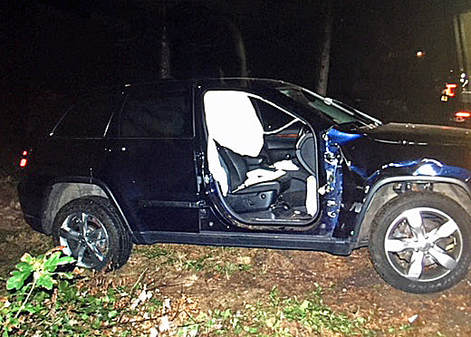 Raymond might not have had his parents’ permission to drive – probably because he was high on mushrooms and running around in his underwear.
Raymond might not have had his parents’ permission to drive – probably because he was high on mushrooms and running around in his underwear. Raymond enters the unlocked Jeep through the front passenger door, crawls over to the driver’s seat, and starts the engine. He puts the car in reverse and accelerates down the driveway, catching Officer Force with the opened passenger door. The force of the impact pins Officer Force’s right shoulder in between the door and the side of a trailer on the Bishops’ property. Raymond backs out of the driveway, across the road, and into the woods, dislodging large rocks and ripping out several tree stumps along the way. The Jeep finally comes to rest atop a stone wall. Raymond is arrested and later found guilty of reckless operation, operating under the influence, and resisting arrest.
As for Officer Force, along with a traumatic hematoma to his right forearm, he sustains a right shoulder labrum tear, which requires surgical repair, physical therapy, and steroid injections. In all, Officer Force’s injuries keep him out of work for nine months.
We submitted a claim for Officer Force’s damages against Raymond with the Bishops’ auto insurer, which, in turn, denied the claim. The insurer’s investigation revealed that Raymond’s parents verbally forbid him from driving. Therefore, the denial was based on Raymond’s non-permissive use of his parents’ Jeep. We sent our own private investigator to the Bishops’ home and our investigator secured an interview with Raymond’s mother.
As it turns out, the question whether Raymond had permission to drive the Jeep was not as simple as the Bishops’ insurer made it seem. Raymond’s mother told our investigator that Raymond had permission to use the family vehicles at any time. She added that the insurer’s investigator had framed his questions in such a way that she had to answer differently than she intended. For example, she was asked if Raymond was in the right frame of mind to drive. And she was asked if she specifically gave Raymond permission to drive. The answer to those questions clearly was ‘no’.
We considered our options: 1) File a lawsuit and secure a judgment against Raymond. Then, to collect on the judgment, file a second lawsuit against the Bishops’ auto insurer, which would turn on whether we could convince a jury that Raymond’s use of the Jeep was permissive; or 2) Drop the claim against Raymond and pursue an Uninsured claim with Officer Force’s own auto insurer. In addition to the time and risk inherent with litigation, there were practical money considerations. Given the amount of the Town’s Ch. 41 lien against third-party recoveries and the anticipated costs of lengthy litigation, Officer Force would likely clear more money from a first-party claim against his own auto insurance than he might get years in the future through litigation against Raymond and the Bishops’ insurer.
Officer Force ultimately decided to drop the claim against Raymond and we obtained a $100,000 policy limit settlement with his auto insurer under his coverage for injuries caused by Uninsured autos. Fortunately, Officer Force had this Uninsured coverage. It is very important that our public safety officers understand that their personal auto insurance policies protect them as pedestrians, when traveling in someone else’s vehicle, or even while in a police cruiser. CLICK HERE to learn more.
– Jared Ballin, Esq.
In order to protect the privacy of the injured police officer and witnesses, all names have been changed. Any resemblance to names of real persons, past or present, is merely coincidental and not intended. The injured officer agreed to have this article published in order that public safety officers around the Commonwealth be better educated about their legal rights to compensation when injured on duty.

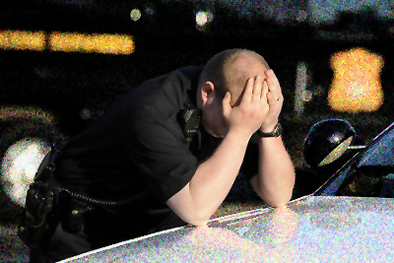
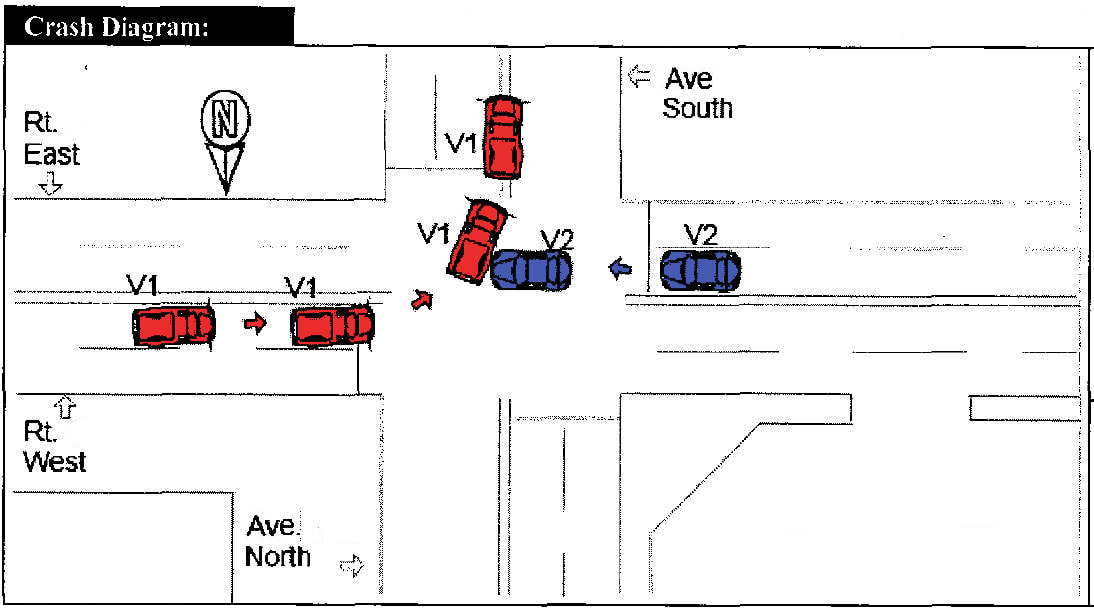
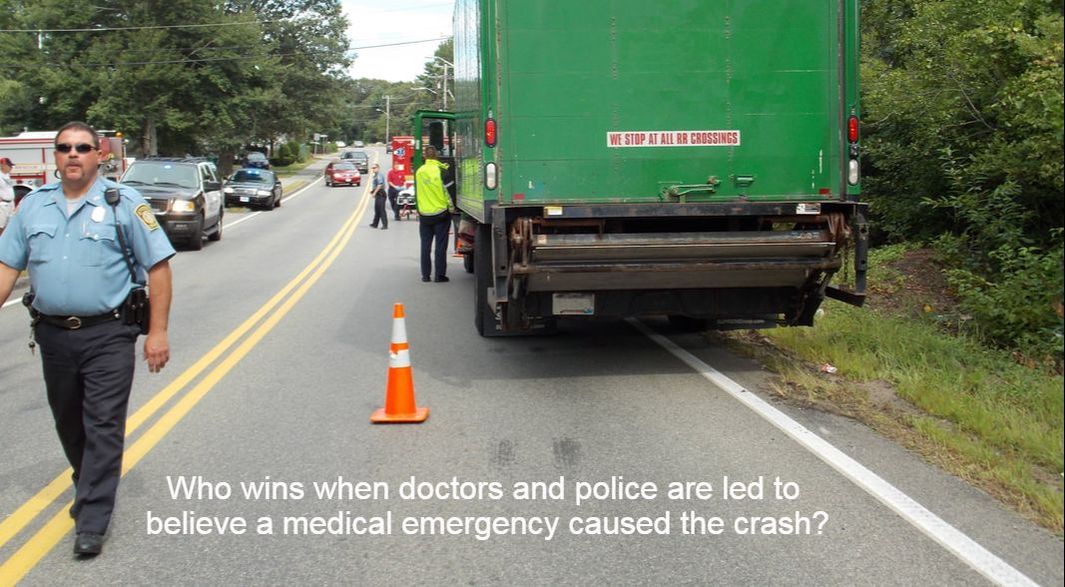
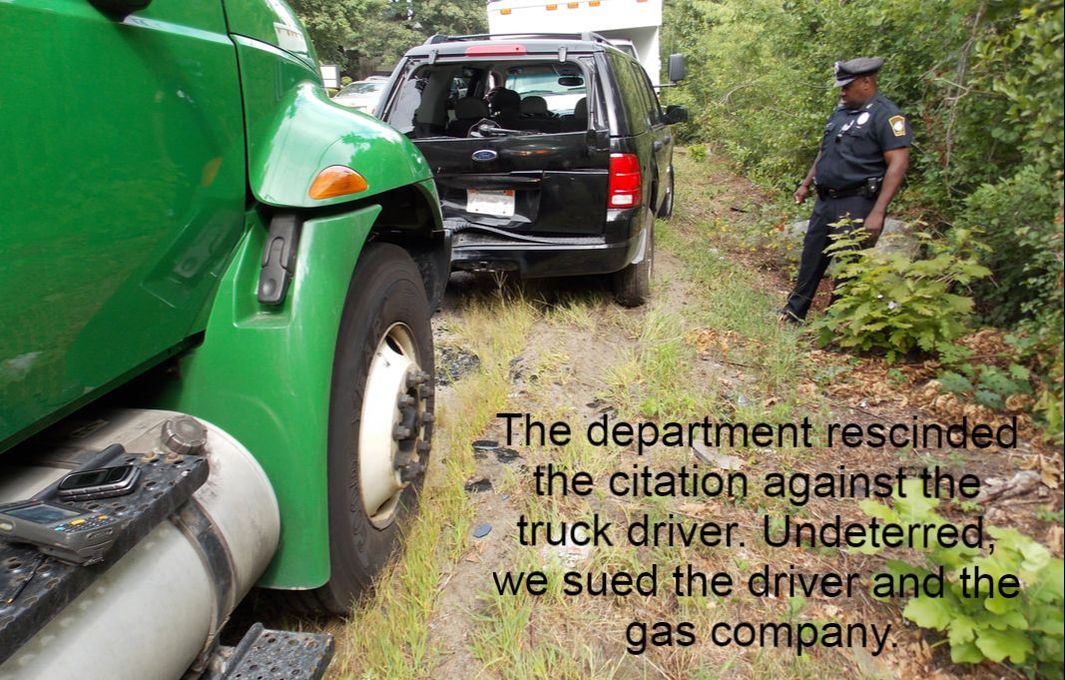
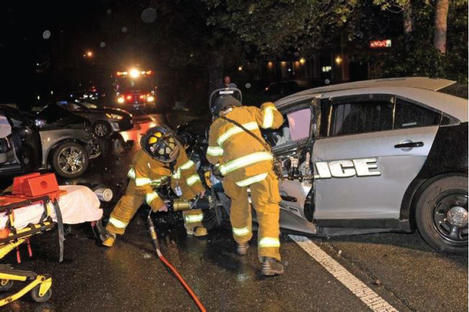
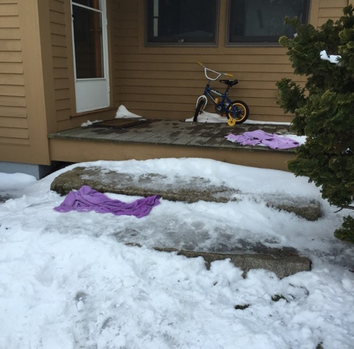
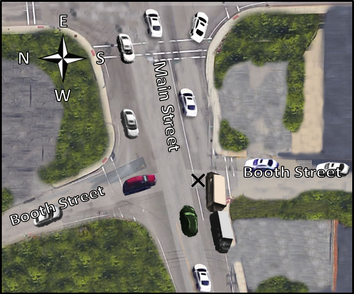
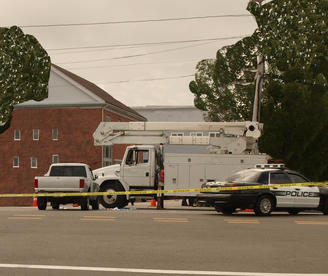
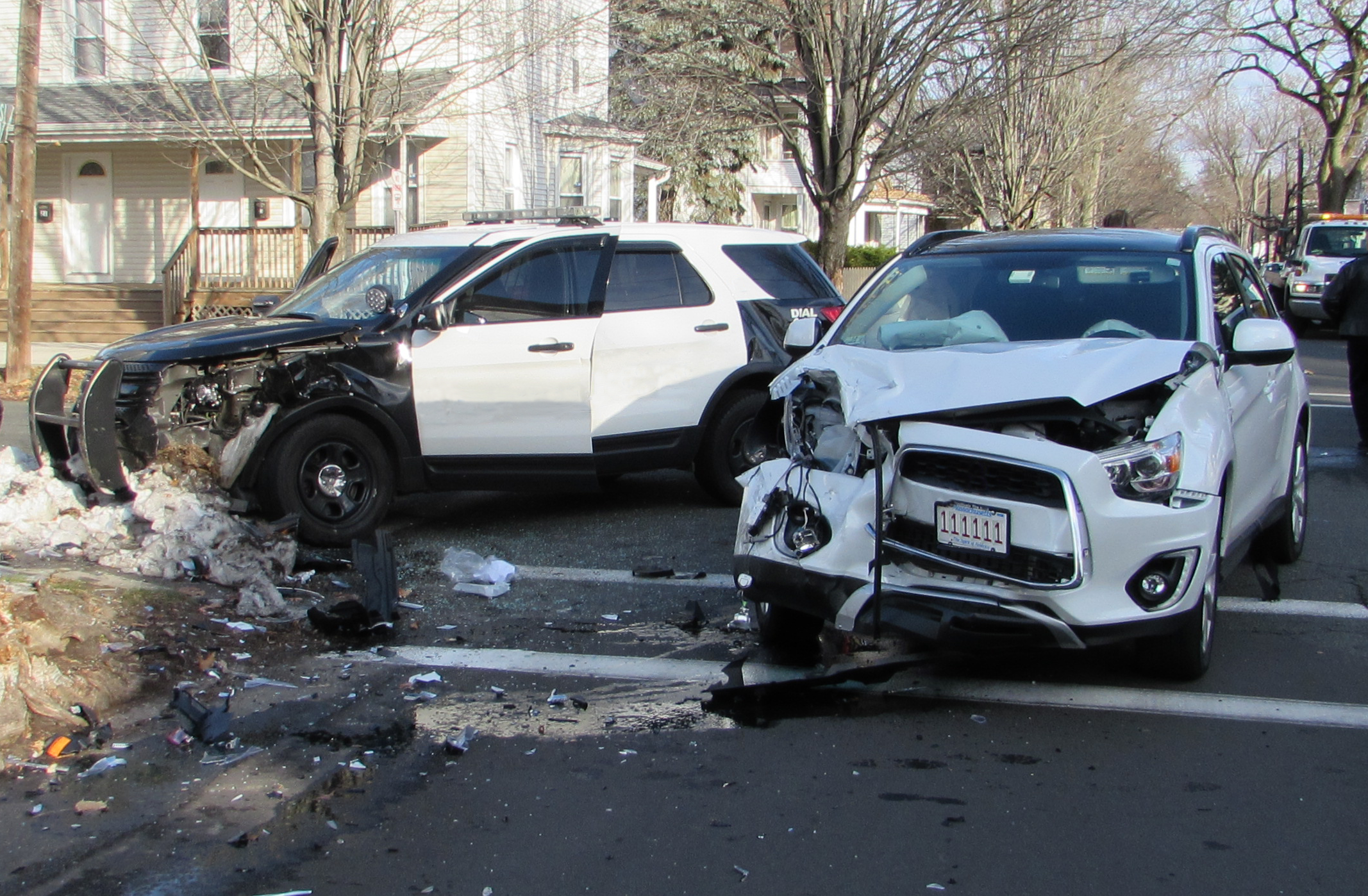
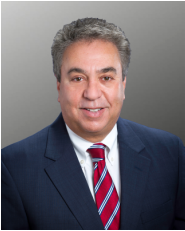
 RSS Feed
RSS Feed
